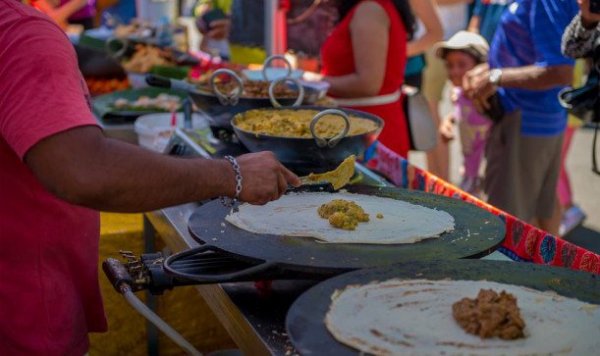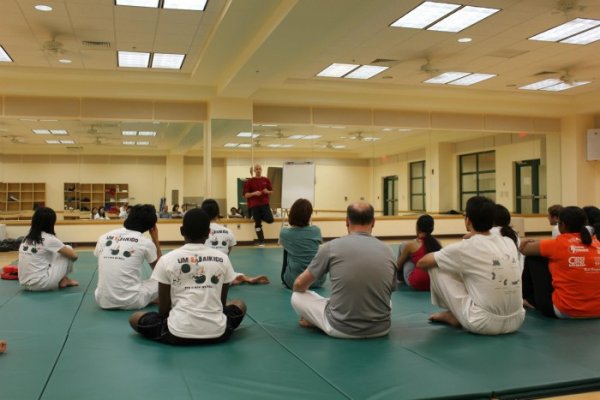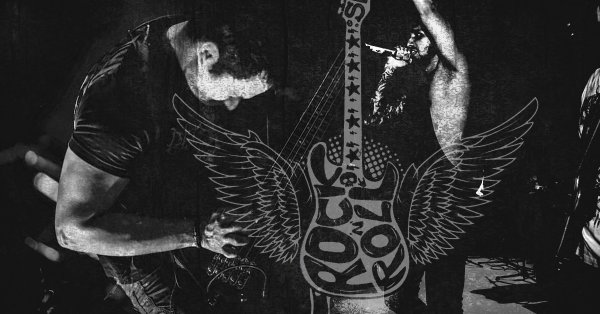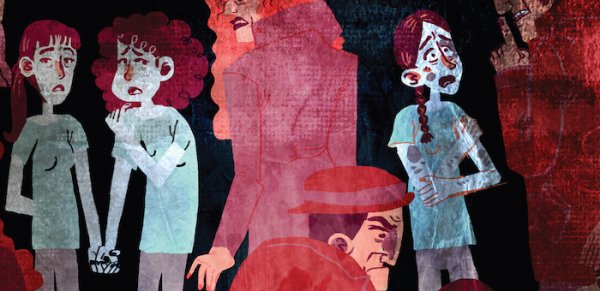
The chapel at S. Thomas’ College Mount Lavinia is, without exaggeration, the finest feature of the school premises. Displaying Byzantine (Later Roman) architecture, the limestone structure is both stately and imposing. But anyone with even a little exposure to S. Thomas’ College will know that it is the contents of the Chapel, and not simply its structural elegance, that gives it its value. Dedicated in 1927 to the Transfiguration of the Lord Jesus Christ, the Chapel, with its high and wide nave, its great roof-beams and solid pillars, is known as the ‘Chapel of the Transfiguration.’ The word “transfiguration” means to be spiritually transformed or metamorphosed. It is a phenomenon which is hard (if not impossible) to describe in words, much harder still, to depict in art. But when you walk through the great arched doorway of the Chapel of the Transfiguration and into the sanctuary, you will be faced with a vast and powerful image, spanning across its east wall, behind the altar, which captures, by its astonishing simplicity, the essence of the transfiguration.
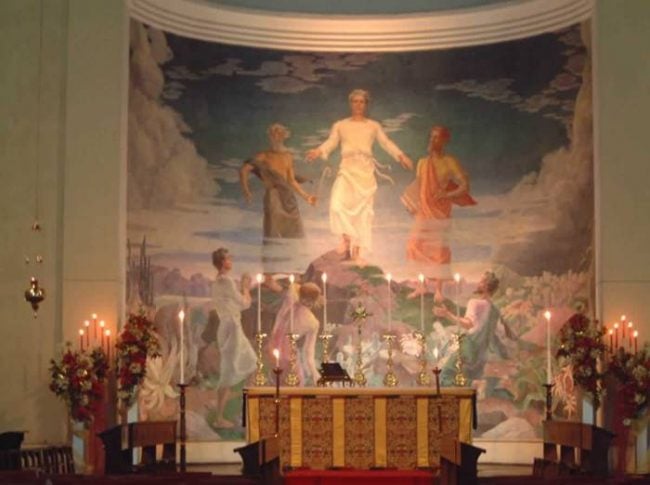
The Transfiguration. Image credit: shehansilva.wordpress.com
The mural, called ‘The Transfiguration,’ is the work of none other than David Shillingford Paynter (1900-1975). It forms the very soul of the Chapel. At its centre, elevated and majestic in that beautifully mundane kind of way, is a brown-skinned, short-haired, beardless Christ, standing atop a small mound of rocks (which you may very well have seen on your way to the Chapel), the base of which is dotted with the kind of everyday Sri Lankan foliage you would not marvel at in real life. It is an image of a familiar Christ, in familiar territory. This was the mark of all David Paynter’s work.
Who Was David Paynter?
David Paynter was born on 05 March 1900 to an English father, by the name of Arthur Stephen Paynter, from Oxfordshire, and a Sinhalese mother, by the name of Anagi “Agnes” Weerasooriya, from the south of Sri Lanka. The manner in which his parents met and married is worth touching on, as it provides not only a romantic glimpse into history, but also some useful insight into the life and nature of the artist himself, and the environment within which he was nurtured.
Based on a book by David Paynter’s sister, Evangeline “Eva” Darling, titled ‘A Story of a Christian Mission,’ Arthur Paynter and Agnes Weerasooriya were both in the Salvation Army at the time of their courtship, in the late 1800s. Agnes had in fact been trained and had served in Europe immediately prior to their meeting. Arthur had served many years in India by the time he met Agnes. In fact, Agnes’ brother Arnolis Weerasooriya, also of the Salvation Army (who died serving a cholera-infested community in India in 1888) is said to have travelled throughout India with Arthur; both men attired in robes, living that hallowed life where sacrifice and complete fulfillment meet.
Arthur was sadly not the only Englishman to have proposed to Agnes (although he may have been the first!). When he first proposed to her, she had, of course, turned him down; and when she received her umpteenth proposal from an Englishman in Ceylon, she wrote directly to the Salvation Army Headquarters in England saying, “Please do not send any more unmarried Majors to Ceylon!”
Eva Darling writes that despite the apparent resistance, Agnes always intended to marry Arthur Paynter; in “a treasured letter from him [found] among [Agnes’] papers dated 23-06-92 he is wretchedly sad at her continued refusals to marry him. “Please destroy this letter” he writes. But she didn’t.”
Eva Darling goes on to state that while “[Agnes’] mother was unhappy about her marriage to a foreigner” her father, David Weerasooriya, “always liked this black-haired, blue-eyed, Cornish man with his definitive and strong views (e.g. the equality of the “native” and the white man [which was a value] frowned upon by not only the Europeans!)…” The two were married in Bombay in 1893 and proceeded to serve together as missionaries in India, first with the Salvation Army, and later with the India Christian Mission. Arthur Paynter died while serving in the Himalayas.
Later, Arthur and Agnes Paynter’s older son, Arnold, would, in 1924, start the ‘Paynter Home’ in Nuwara Eliya, to welcome unwanted children of mixed and unacknowledged parentage. It is heartening to learn that the Paynter Home is still a vibrant institution which actively accepts ‒ and loves back into life ‒ abandoned children of any and all ethnic backgrounds, even to this day. The Paynter Home also works closely with the Probation Department, giving a loving home to the many children referred to it by the Department.
So it was into to this passionate and others-centered family that David Paynter was born, in Almora, U.P. India. He was educated first at Breeks Memorial School in South India, and later at Trinity College, Kandy.
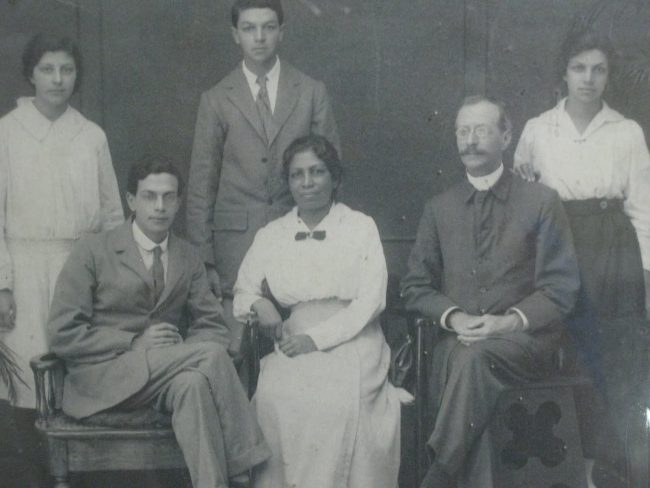
Photograph on display at the Paynter Home of the Paynter family. David Paynter stands at the centre, behind his mother Agnes.
At just nineteen, David Paynter, who had had no formal art lessons (except for basic art classes at Trinity), won a five-year scholarship to the Royal Academy in England in open competition with students who had received instruction in European art schools. His sister Eva Darling writes in her book titled ‘David Paynter’ (which was written in collaboration with Prof. Albert Dharmasiri) that “Four years later, at twenty-three, the coveted Gold Medal… and with it the Stott Traveling Scholarship gave [David Paynter] two years in Italy.”
In 1925, David Paynter, by this time an international rising star, returned to Sri Lanka to start work on the Trinity College Chapel murals.
David Paynter’s Unique Style
As writers, we are advised that in order to write well, we must write what we know (or at least, we must know what we write!). The same principle appears to have been at play in David Paynter’s philosophy as an artist. He depicted what he knew.
A former student of his, Prof. Albert Dharmasiri, writes in ‘David Paynter’ that “Paynter was a man who experienced the passion of genuine religious emotion … [which] made it possible for him to paint pictures not only about faith but from faith” (emphasis added).
Furthermore, it is clear that the Renaissance Christian art to which he was exposed in Italy made a deep and lasting impact on his creative output. Prof. Albert Dharmasiri states that “Paynter had found in Italy that the work of her painters was consonant with the spirit of their time and place” and that David Paynter accordingly “conceived of Christ and the biblical incidents in terms of his own country and its people.” The outcome was a bold new take on traditional Christian art, which was at once both classical and radical. It has been said that nothing of its type had ever been imagined in the 1920s.
How Famous Did David Paynter Get In His Lifetime?
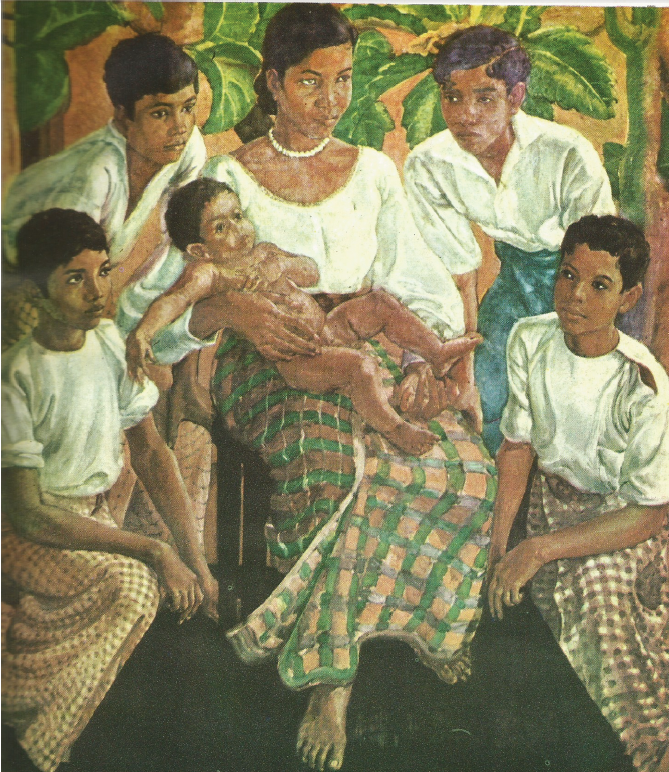
David Paynter’s take on the traditional nativity; ‘Madonna Con Bambino’
In 1936 David Paynter had a one-man exhibition at the Wertheim Galleries in London, which gave him immediate recognition in art journals in Europe. Subsequently, David Paynter participated, by invitation, in four important international exhibitions ‒ at the Carnegie Institute in Pittsburg, in Rome, in the World Fair held in New York, and in New Delhi. Furthermore, his paintings were exhibited every year at the Royal Academy for 17 years straight, from 1923 to 1940. In 1940, David Paynter was appointed Director of the College of Fine Arts in Colombo, an office he served for several years. He was also later counted among the 25 Distinguished Citizens of Ceylon, and was honoured with the Order of the British Empire.
Perhaps due to his upbringing, a passion for service and missionary work grew in him, alongside his growth as an artist. In 1935 he served at a Mission Station in Waduwawa during the Malarial Dysentery epidemic in Sri Lanka. It should therefore not surprise us to learn that David Paynter summarily abandoned a distinguished career in art, in order to go, in 1941, to work in the Chirapani Colony close to where he was born in India. Furthermore, he spent many of his latter years managing the 100 acre Salt Spring Farm, 15 miles from Trincomalee, which was a collective farming project for young boys who had outgrown the Paynter Home in Nuwara Eliya.
His sister, Eva Darling, observes in ‘David Paynter,’ that when he left Sri Lanka in 1941 to work in the Chirapani Colony, he felt he “would never get back a sufficient painting public to make a living by it.” However, unknown to him, his best work was yet to come. In fact, when an exhibition of contemporary Christian art from around the world was held in Rome in 1951 to commemorate the Holy Year, Pope Pius XII is said to have asked specifically for David Paynter’s work.
David Paynter’s Best Known Works
Other than ‘The Transfiguration’ spoken of above, which has been referred to as his last and most glorious mural, David Paynter is best known for his murals ‘Are Ye Able,’ ‘Washing the Disciples’ Feet,’ ‘The Good Samaritan,’ and the ‘The Crucifixion’ – all of which are in the Meditation Chapel of Trinity College, Kandy. As journalist Derrick Schokman observes, “The Crucifixion is set in the magnificent if unscriptural gloom of a mangrove swamp, with a beardless Christ on the cross.” Eva Darling writes that when David Paynter was asked how he conceived of the “strange landscape, full of rocks, lush mangroves, deep, brooding, sombre-hued water, the heavy sky” he had said that this was inspired by his love for the east coast of Ceylon, north of Trincomalee where “Just before the north-east monsoon breaks, the weather becomes thundery and heavy and lowering in the east.” Eva Darling, quite aptly observes that this mural is “still perfect and unbearably beautiful.”
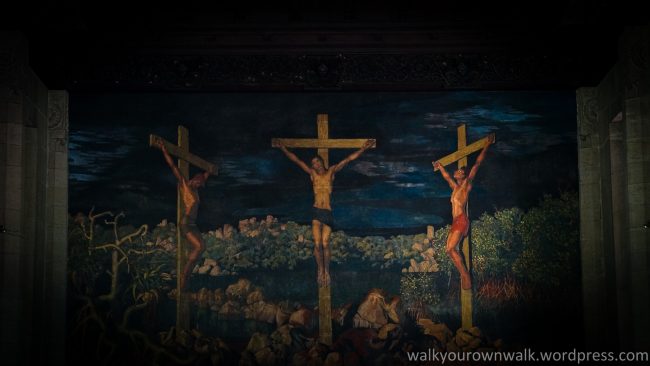
David Paynter’s mural in the Trinity College Chapel in Kandy,‘The Crucifixion’. Image credit: walkyourownwalk.wordpress.com
Another aspect of David Paynter’s work was his portraits. One of his first great portraits was of his father, Arthur Paynter, which he painted while on board a ship with him en route to England in 1928. This portrait was exhibited in the New English Club Gallery. His portraits achieved distinction by virtue of their exceptional clarity, precision, and balance. Pundit Jawaharlal Nehru and Mahatma Gandhi are some of the distinguished persons who sat for him. The portrait of the former still hangs in the Prime Minister’s Residence in New Delhi. Other notable portraits by David Paynter include the portrait of Sir John Kotelawala, which is in our Parliament, and that of Sir Ivor Jennings, which can be seen at the Peradeniya University.
Two of his paintings, ‘Last Supper’ and a portrait of Sir Thomas Villiers hangs in Adisham, Haputale (featured briefly in a previous article of ours), which was once the home of Sir Thomas, and is now a Benedictine Monastery.
A Shocking Turn Of Events
Writing to Eva Darling, on 23 May 1984, Walter Laduwahetty, the then Secretary to the Ministry of Cultural Affairs and President of the Arts Council of Sri Lanka, called David Paynter “one of the finest painters this country has produced.” With reference to Eva Darling’s book ‘David Paynter,’ written in collaboration with a former student of David Paynter, Prof. Albert Dharmasiri, and published in 1982, Mr. Laduwahetty observed that “It is most unfortunate that the whereabouts of some of the paintings referred to at the end of the book are now not known… it is difficult to envisage what would happen to some of the other paintings with the passage of time.” In light of what did in fact transpire in the years to come, Mr. Laduwahetty’s words from over 30 years before, may well be seen as having had some sort of unintentional prophetic power.
David Paynter died of a heart attack on 07 June 1975. Given that his death was sudden, and that he died intestate, his sister, Eva Darling, bequeathed in her Last Will and Testament dated 30 November 1990, 21 paintings and sketches by her beloved brother to the care of his former student Prof. Albert Dharmasiri, who co-authored with her the book referred to above. This was done so that the priceless paintings and sketches may be exhibited to the public annually. In a separate letter to Prof. Albert Dharmasiri dated 09 February 1990, Eva Darling specified that the “paintings and drawings should never be sold under any circumstances.”
These wishes were not, however, followed as faithfully as we would have hoped. Many investigations and one dramatic arrest later, we are relieved to learn that a majority of the paintings that had been secretly hawked to local collectors have been successfully regained by the Financial Crimes Investigation Division (FCID), and are now in the safe custody of the Faculty of Visual and Performing Arts, pursuant to a Court Order on 20 November 2015. Some of the pieces that were regained are ‘Sitar Player,’ and ‘Self-Portrait with Lotuses.’ Though we are unable to verify this, it is reported that ‘Cotton Tree in Bloom’ remains missing to this day.
How To View David Paynter’s Work
A number of works of David Paynter are owned by private individuals, and some are still retained at the Paynter Home in Nuwara Eliya.
David Paynter’s work has finally found a home in a permanent gallery at the J.D.A Perera Gallery (the Faculty of Visual and Performing Arts) in Colombo and can be viewed on weekdays.
David Paynter’s best work can be viewed if you pay the S. Thomas’ College Chapel of the Transfiguration a friendly visit. In fact, an ideal opportunity will arise this Sunday (04 December 2016) at 6:00 p.m., as S. Thomas’ College has its annual Festival Service of Nine Lessons and Carols (A.K.A. its carol service!). We have no doubt that an evening spent in the midst of art that you can both see and hear will be an evening to remember.
[References include: ‘David Paynter’ by Evangeline Darling and Albert Dharmasiri, 1982; ‘Sooriyakatha: Stories of the Dodanduwa Weerasooriya Family,’ by the Dodanduwa Weerasooriya Family Welfare Association, 2008; ‘Story of a Christian Mission’ by Evangeline Darling, 1991; Copies of various letters and documents provided by the Paynter Home.]

